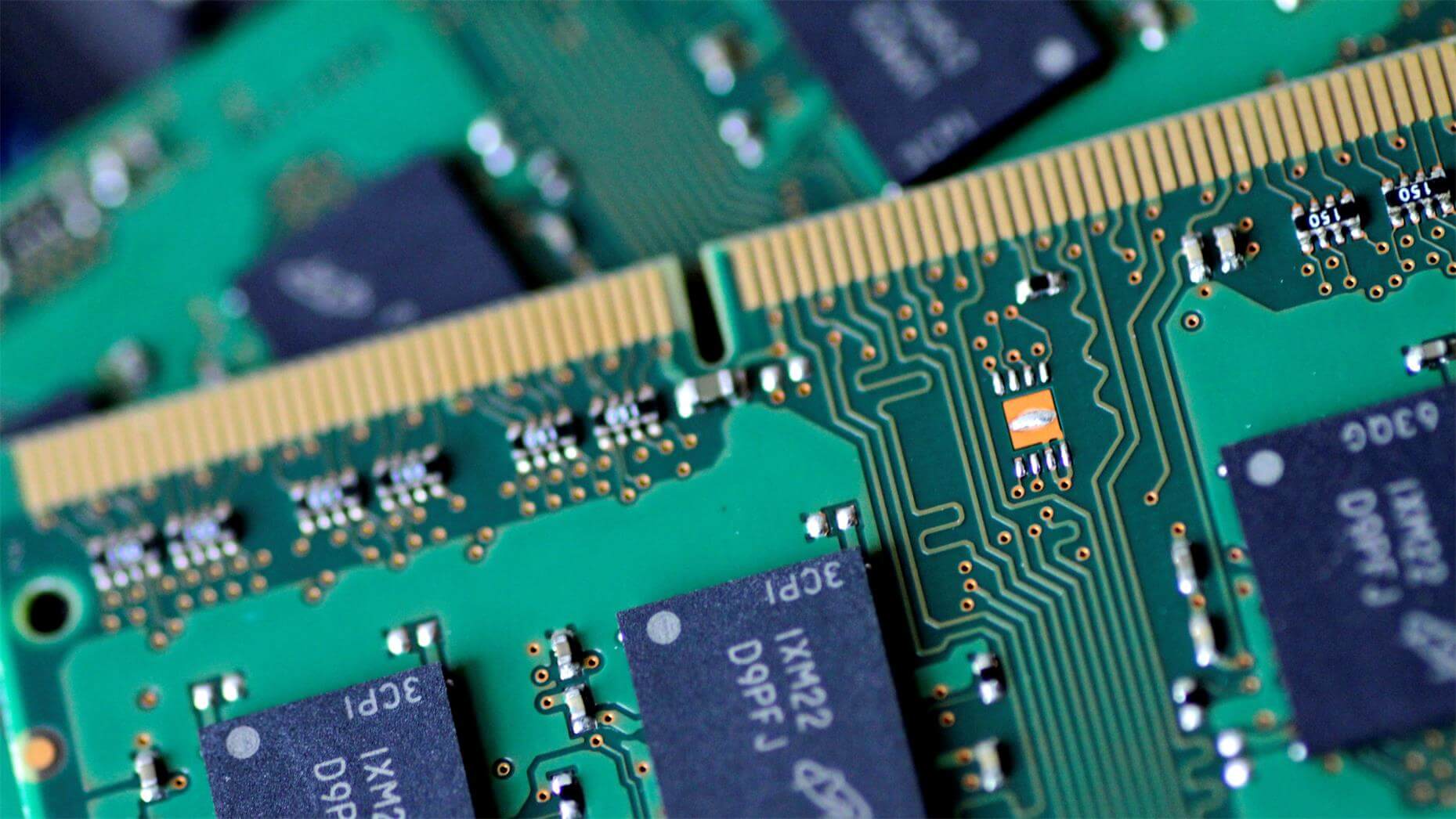It is widely believed that the reason for the decline of the Japanese semiconductor industry is due to technology outflows and investment decision-making mistakes. However, Yukio Noguch, a consultant at the Waseda University Business Finance Research Center in Japan, believes that there are deeper reasons. On June 8th, Japan's "Diamond Weekly" magazine published an article by Yukio Noguch entitled "What is the root cause of the decline of the Japanese semiconductor industry? ", the author explained his deep insights in the article. The article is now excerpted as follows:
Losing the position of global leadership
In the 1980s, Japan’s semiconductor industry ranked first in the world, accounting for about half of the world’s production. A particularly important part is the production of dynamic random access memory (DRAM) for large computers starting in the 1970s.
However, Japan later seemed to become significantly behind.
First, DRAM began to be used primarily in personal computers, with low performance requirements and cheaper prices. South Korea’s Samsung Electronics Inc. reduced costs and expanded its market share through large-scale equipment investment. On the other hand, Intel Corporation of the United States entered the field of CPU.
Japanese manufacturers have failed to cope with this change and their share in the market has fallen. At the same time, the restructuring of semiconductor manufacturers began in the second half of the 1990s.
In November 2002, NEC established NEC Electronics, and in April 2003, Hitachi and Mitsubishi Electric established Renesas Technology Company.
In April 2010, after the integration of NEC Electronics and Renesas Technology, Renesas Electronics was established. However, a few years later, the company's performance has gradually declined, from nearly 50,000 employees when it was just established, to about 20,000 now.
In addition, the Toshiba subsidiary TMC (Toshiba Memory Corporation), which produces flash memory, was included in the Japan-US-South Korea alliance, which is dominated by US investment funds.
Japanese companies accounted for more than 50% of the IC market in the second half of the 1980s and 49% in 1990. But by 2017, the share of Japanese companies has fallen to 7%.
Lack of research capacity in the information field
Why is the situation like this? Two points are often mentioned.
First, the technology outflow. It is said that South Korean companies used high salaries to attract Japanese corporate technicians, or quietly invited them to South Korea on weekends to steal the technology of Japanese companies. Second, Japanese entrepreneurs did not implement large-scale investments like Samsung at the time.
These problems do exist. However, if these are the root causes of the decline of the Japanese semiconductor industry, it is very doubtful.
If there was no technology outflow and Japanese entrepreneurs made a leading position in the low-cost DRAM field through bold decisions. Even so, will it help the future development of the Japanese semiconductor industry?
In fact, DRAM is not a product that requires too much technology, and emerging countries will one day produce low-cost DRAM products. As a result, Japan's semiconductor industry will also decline due to price competition with emerging countries. The same thing happened later in the LCD field. Not only LCD, but in many areas of manufacturing, as products are commercialized, price competition has intensified.
The real problem with the Japanese semiconductor industry is that it has not been able to transition to products such as CPUs that require high technology.
Intel has monopolized CPU production through technology. Through the cooperation with the Microsoft operating system, the architecture that was later called the "Wintel" alliance was established, and it was able to dominate the PC industry.
So why are Japanese semiconductor manufacturers failing to make a transition to CPU production? That is because the basic research and development capabilities are weak.
Semiconductors are known as the "scientific industry." Japan in the 1980s was equipped with basic development capabilities in the semiconductor field. However, as the core of technology at that time shifted from commodities and materials to Japan, Japan was difficult to deal with.
For the CPU, the important thing is not only the semiconductor chip hardware itself, but more importantly, the software part of the integration. The same thing happens in other areas, such as the camera field.
At the stage of transitioning from a film camera to a digital camera, Japanese camera manufacturers were keeping up with the trend. However, when a smartphone appears, the most important thing becomes the artificial intelligence image recognition function provided by the smartphone. That is to say, the "brain" that processes image information becomes necessary compared to the "eye" of the camera lens. In this field, Japan’s basic development capabilities are clearly behind.
In the end, Japan's semiconductor industry was left behind in the world trend after the 1990s. The fundamental reason is the lack of ability to create new things, especially in the information-related areas.
The significance of basic education
New technologies can come from companies, but not exactly. Basic research in universities is also important.
When the US industry weakened in the 1980s, American universities were still very strong.
According to the changes of the times, it is very important that the university's research and education system is reconstructed and the content changes accordingly. That was the source of Intel's company, and it became the source of the information technology revolution and artificial intelligence research and development.
So what is the situation in Japan at the time? When Japan dominated the world in the semiconductor industry in the 1980s, it was also strong in the academic world associated with it. Japanese scholars play a leading role in the semiconductor-related international society.
However, this state has not been maintained. Since then, Japan’s research capacity has declined.
It may be proved by the world ranking of the number of papers. In 2018, the National Science Foundation's "Science and Engineering Indicators" survey released after summarizing the world's science and technology trends showed that China ranked first in the world ranking of scientific and technical papers in 2016.
The US News and World Report magazine also produced a world university ranking by field. In the field of computer science, the world's number one in 2019 is China's Tsinghua University. The University of Tokyo ranks first among Japanese universities, but ranks 135th in the world rankings.
It can be seen that Japanese universities have not kept up with the development of the world in the most advanced fields because they cannot reconstruct the research and education system according to changes in society. If we stop growing, the reconstruction of the university will not be possible. Therefore, the research in the fields needed by society cannot be completed, and the economy cannot grow.
In a society where the scale of the economy has not expanded, what should be done to change the structure of the university? What mechanism should be established for this purpose? This is a very difficult subject. However, we must find the answer.











All Comments (0)